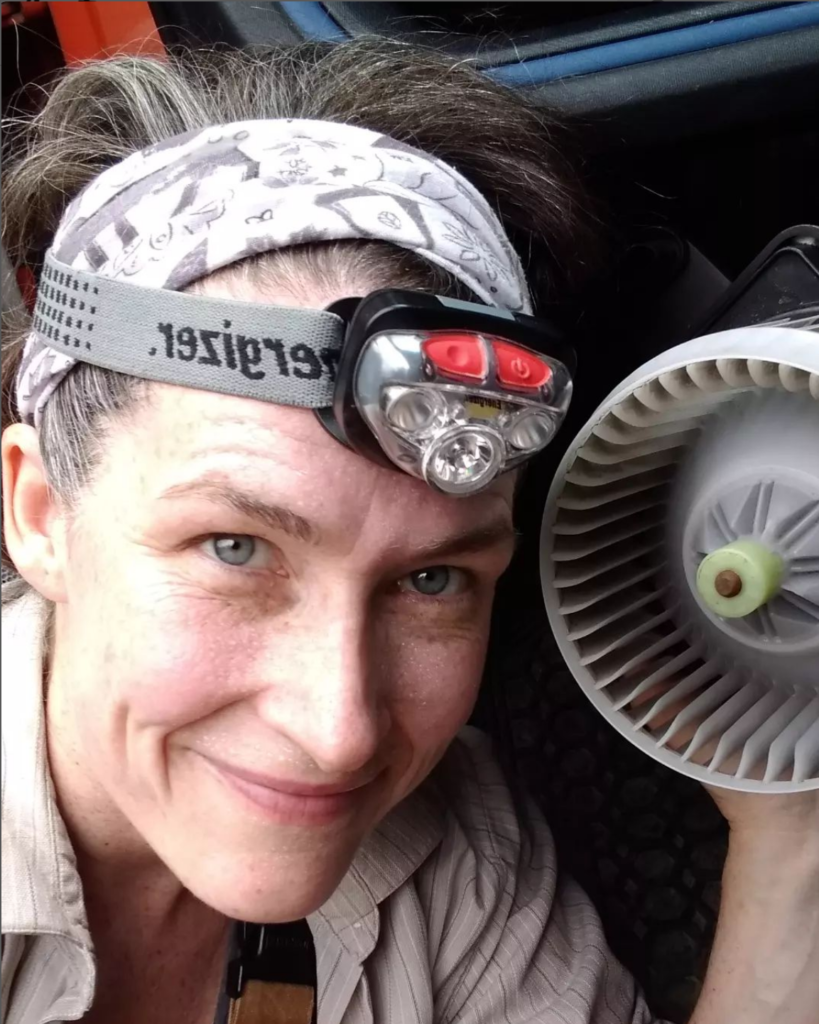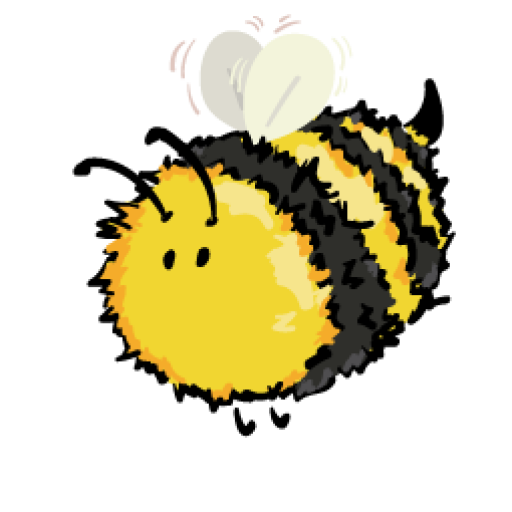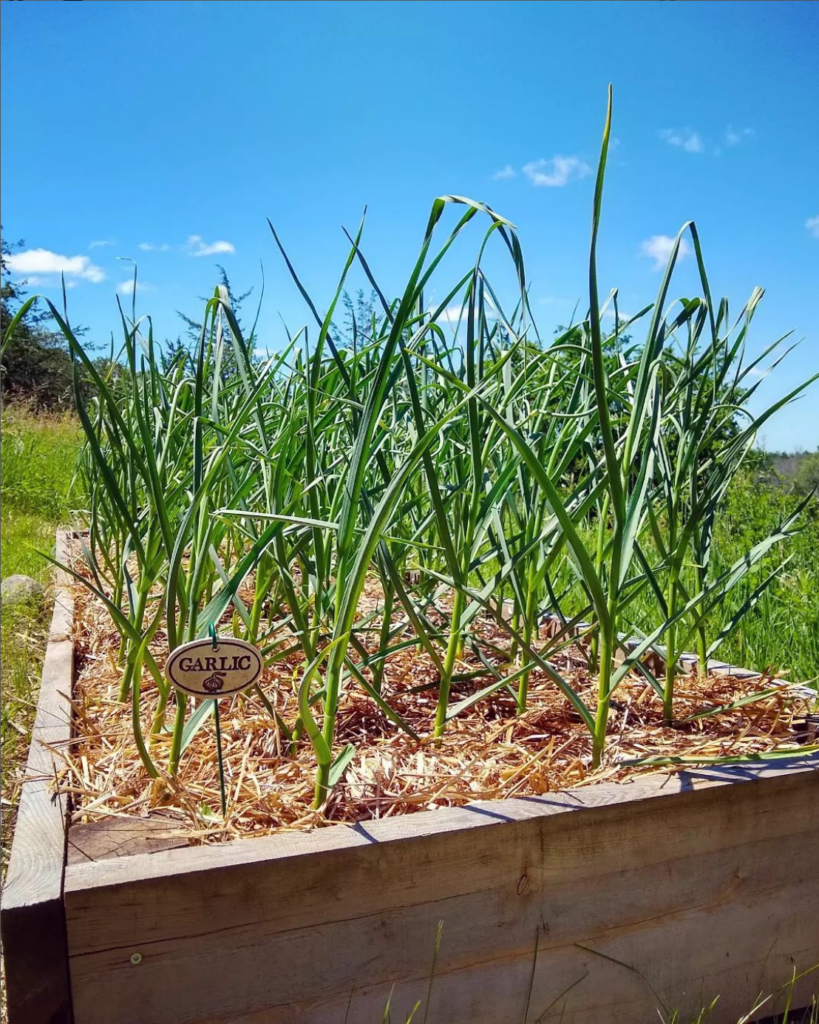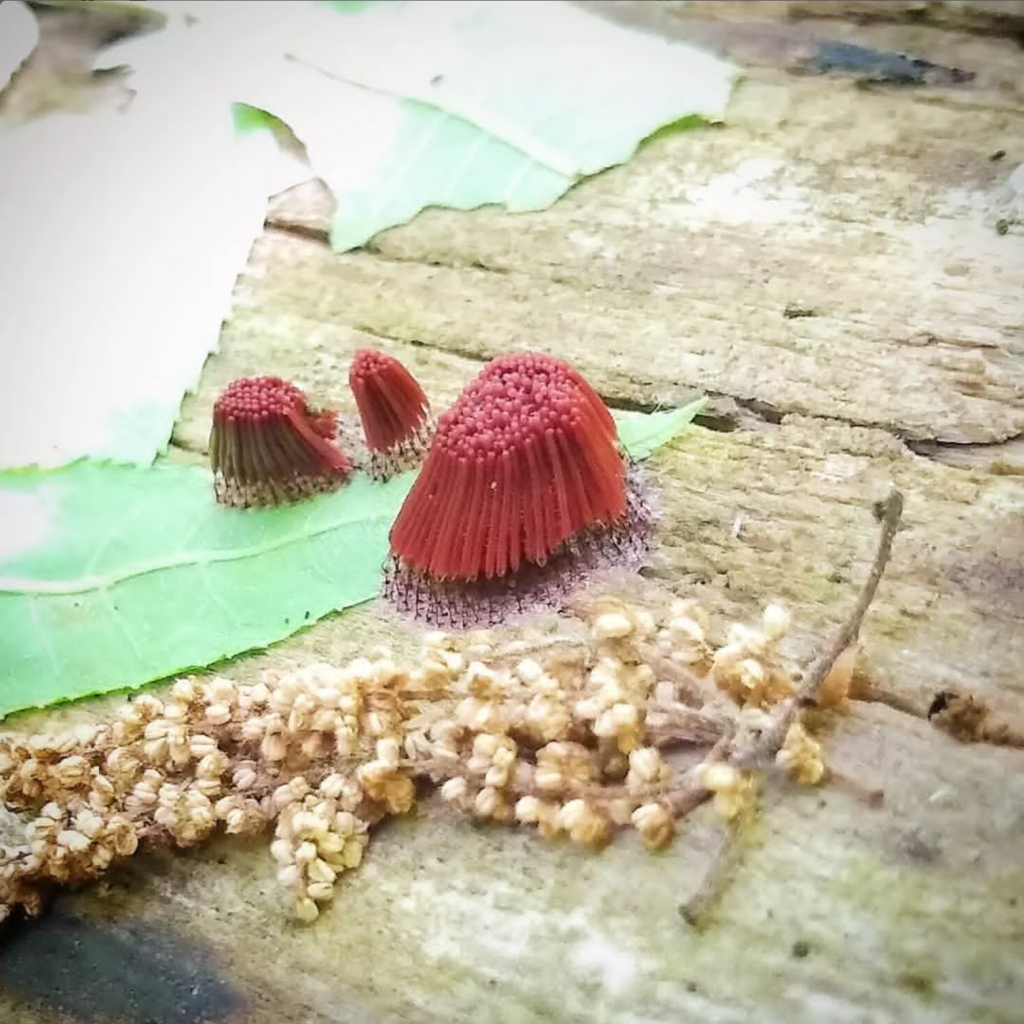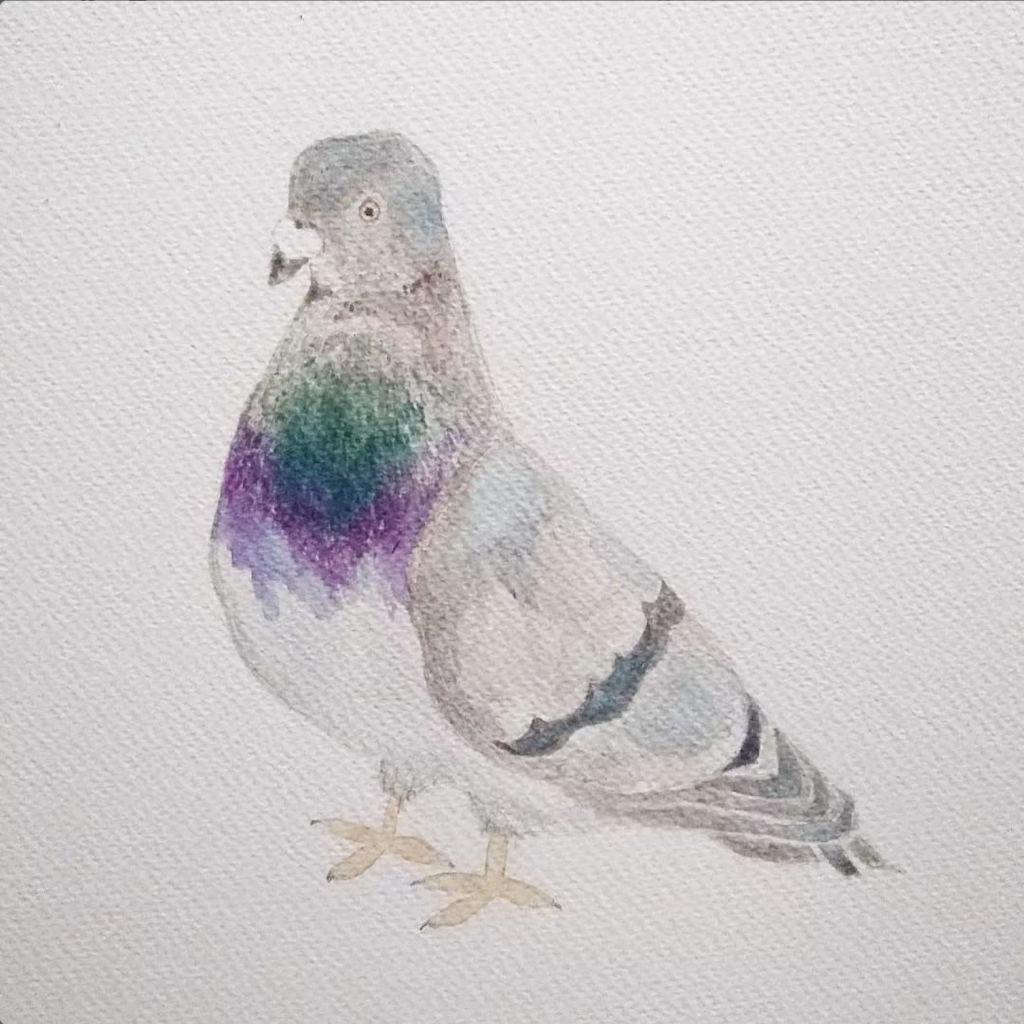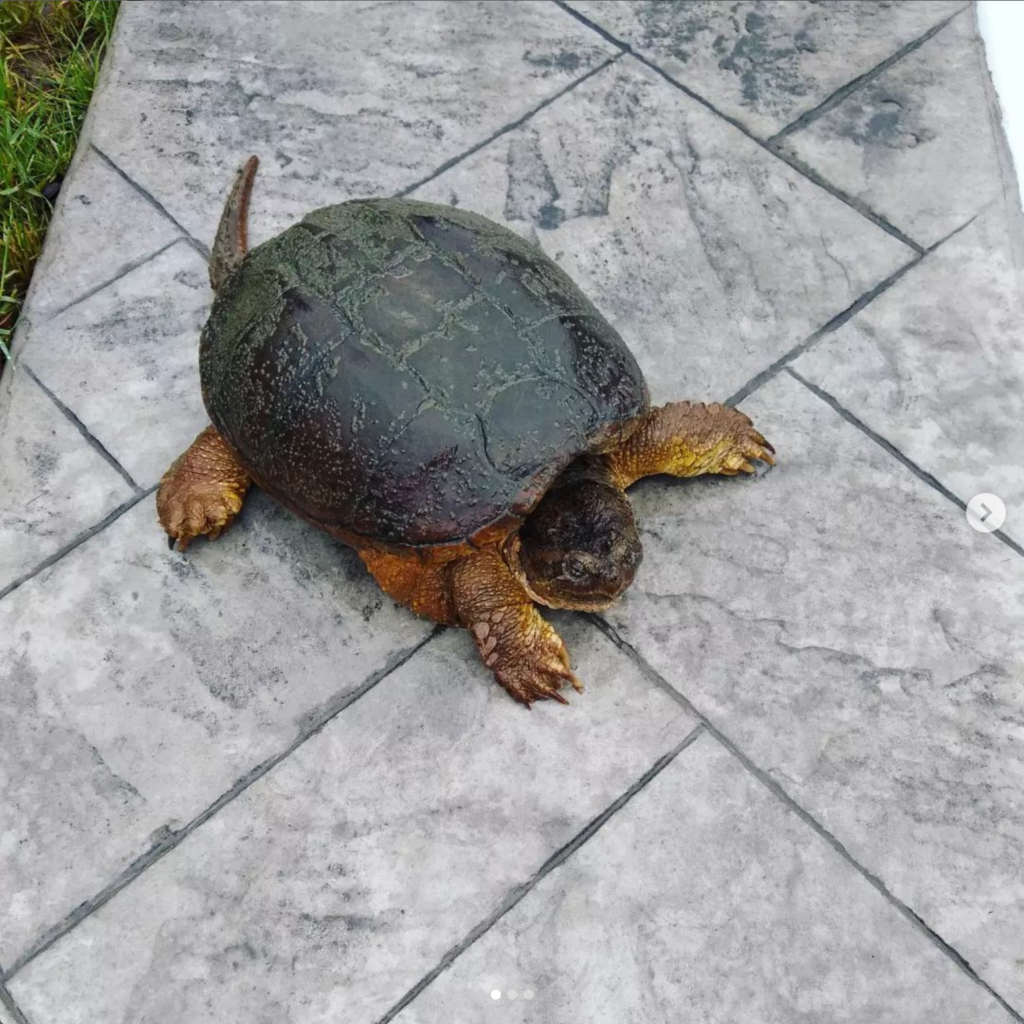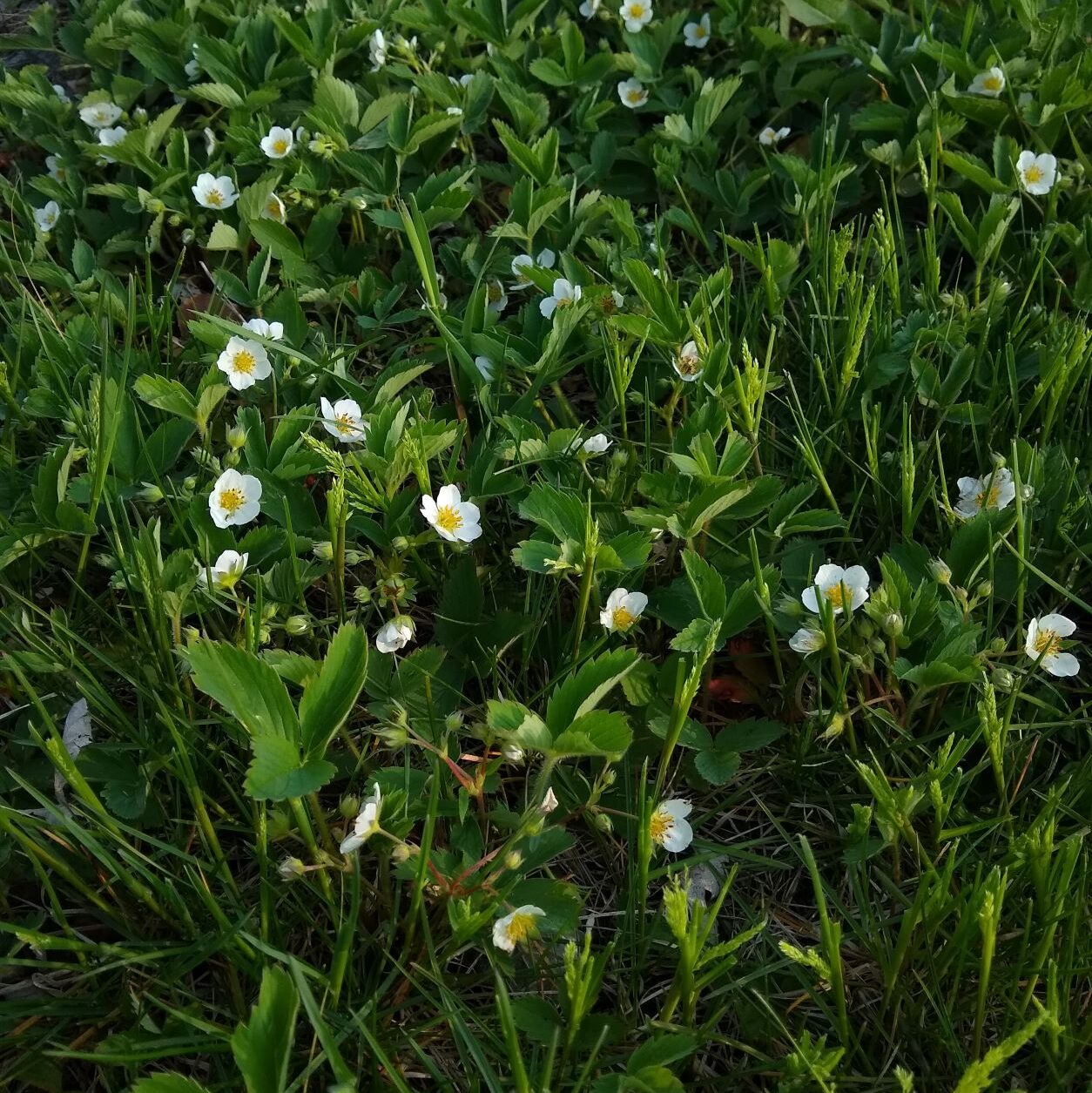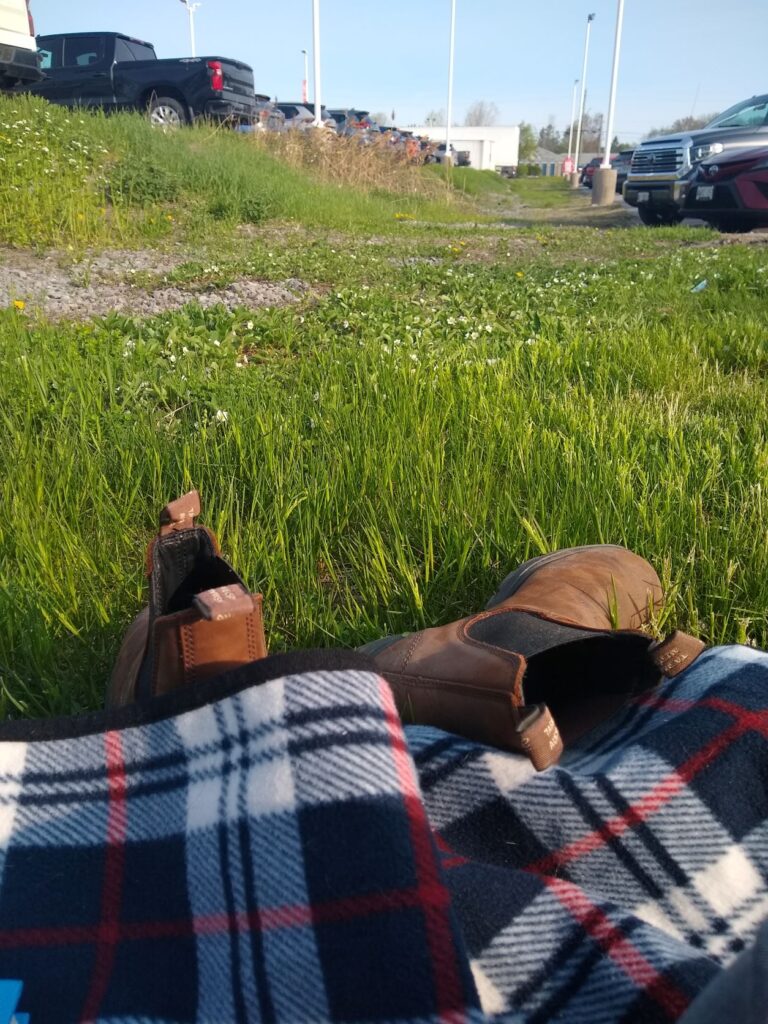Mid-morning on a Saturday, I headed up to the woods for a walk.
Passing Piney, the sole white pine in that part of the woods, I rubbed my fingers in a patch of pine resin dried on his bark. I find the scent intoxicating. I had been having difficulty getting out of my head and properly arriving in the woods, and the smell pops me suddenly and effectively to where I am standing.
I decided to smell the resin for as long as the scent remained, and was happily huffing the pine-tipped tips of my fingers when I saw a large bird flush from the ground, about 10 meters to my left.
I froze, wanting to see it before it spooked further. And focusing my gaze deeper into those trees, I realized it was not a large bird that had lifted from the ground, but the head of a deer. There was a doe to the side of the trail, about 10 meters into the brush. She, like me, had frozen.
A part of me, and I admit it is a large and loud part of me, immediately went to reach for my phone. “Pics or it didn’t happen” has wheedled probably a little too deeply into my brain.
But on this morning, I made a good choice, and left my hands where they were. The moment recorded only by my own devices, rather than the kind I carry around in my pocket.
Now remember I was in the middle of sniffing pine resin on my fingertips when I spotted her, and that is exactly how I froze. I had also just stepped over a rock in the trail, and my feet were in a moment of awkward pigeon-toedness.
And that is the pose I would stay in, until this stalemate broke. “Stillness, in many ways, is the ultimate camouflage.” (~Ray Mears)
It was the deer who broke first. She began tentative small movements. I didn’t react. She made her movements a little bigger. I didn’t react. She bobbed her head owl-like from side-to-side, trying to get a read on the shape she was sure she had seen in motion only a moment before. I didn’t move.
She flicked her white-tail to its alert position, and bounded up the trail. But not the full alarm bound I have seen when deer decide to really hoof it out of harm’s way. A small scale alarm. Just a few meters further up the trail. A little further away from me, and conveniently for me, a little further upwind. The whims of the breeze still protected my scent.
But she wasn’t done with me yet. Though she looked like she might resume browsing, instead she turned towards me again, and, in movements straight out of a cartoon, extended her long neck out and around a tree. Peering at me, as if around a door. I didn’t move. She moved a little further, and did it again. And again. Leaving her body obscured by brush, but extending her neck and head like some North American woodland giraffe.
Unable to get a fix on me — pigeon-toed-finger-sniffing me — she wound her way back the way she had come. Moving even closer to my spot, gingerly, but determined. If she had been a human, her stare would long ago have become rude. Her eyes were fixed on my form.
Somewhere in the recesses of my memory is the idea that if you are trying not to spook an animal, you should take care not to focus your eyes on it. We humans have great peripheral vision, well-tuned to detecting motion. And animals can feel our predatory gaze. The theory passes the gut test — we can feel the eyes of other humans on us, why wouldn’t animals notice the same?
So in addition to maintaining my ridiculous statue pose, I was also trying to ensure that I did not ever return her gaze. I kept my focus diffuse, only allowing my eyes to focus on her very briefly, in the moments she was facing away or largely obscured.
The doe was now quite closeby. Back where she had started, but a few meters closer to me. The head bobbing and staring continued. I didn’t want to cause her stress, but it had only been a few minutes, and I knew our deer-and-human game of cat-and-mouse would be over soon enough.
Moving to my north hadn’t yielded an answer, so now the deer began working her way to my south. She walked slowly a few meters further, now working her way downwind of me. In my current statue position I wasn’t going to be able to see her much longer, as my head was facing to the north and up the trail. So while she was walking behind some trees, I turned my head incrementally south, allowing me to continue to see her as she moved towards the rear of me.
She was now a half dozen meters further south from her starting position. From her starting place, she had gone about 10 meters, north, now back to her starting place, only now a little closer to this strange object. None of that giving her the answers she wanted, she would try a southerly position.
She stopped, and licked her nose. This delighted me! Though I knew it signalled that the jig was about to be up.
In her excellent book On Looking, Alexandra Horowitz describes the olfactory senses of her dog. Dogs keen access to smell-formation that human noses have no access to (though don’t count us out entirely — our nose can tell us a lot!). She describes observing her dog deliberately sneezing and then licking his nose before an adventure in their urban environment:
Sneezing is a dog’s way of clearing everything out of the nose, so the next good stench can be inhaled.
…by licking his nose, he was readying it to catch things to be smelled. You may have noticed that the world outside your door smells brightly new after a rain, when the ground is wet…
Wet air (or noses) allow for better absorption of an odor.”
On Looking, Alexandra Horowitz
This deer, I reckoned, with its similar big wet dark nose, was attempting to do the same. And so she was. Only seconds after she licked and sniffed, she bolted. Tail head high, this time she bounded away with commitment. Downwind, my human stink had inevitably given me away. She may not have encountered many humans before who stood perfectly still with their fingers half up their noses and their toes pressed together, but she wasn’t taking chances. No matter how strange its shape, if it smells like a human, I run.
The whole encounter lasted maybe 5 or 10 minutes, but like so many nature moments, time goes muddy. It becomes alternately fast and elastic or slow and stretchy as treacle. Each detail in high relief.
However many moments passed on the clock, they were each precious to me. We get so few chances at chance encounters. And I am glad that for this moment, I was smart enough to leave my phone in my pocket, and really capture it.
~Kate
